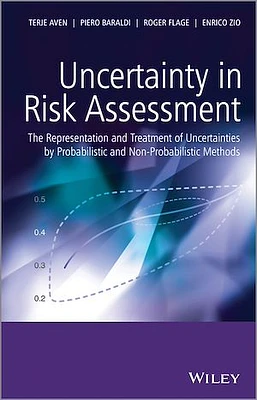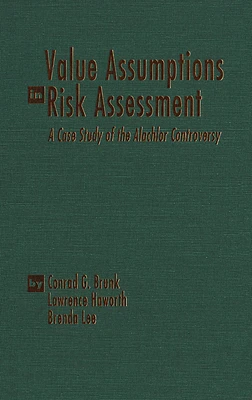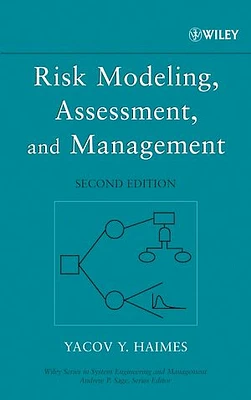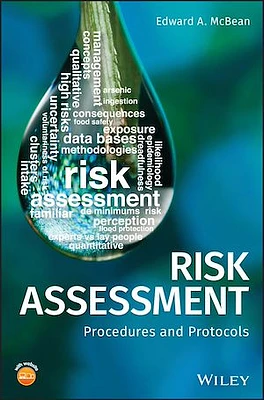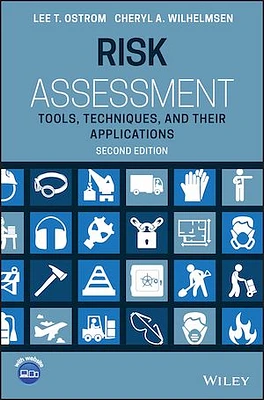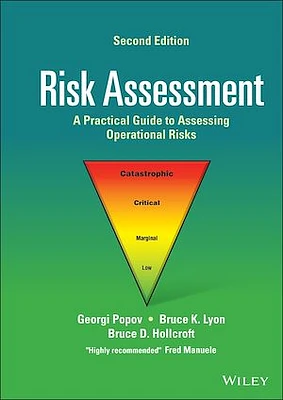Accueil
Risk Assessment and Risk Communication Strategies in Bioterrorism Preparedness

LIBRAIRIE CARCAJOU
Risk Assessment and Risk Communication Strategies in Bioterrorism Preparedness
De Librairie Carcajou
"
The 2001 anthrax incident in the United States inspired a worldwide increase in bioterror readiness among public health and law enforcement professionals. Resources are being allocated to a variety of potential threats, from the reintroduction of smallpox to the possibility of new genetically-engineered pathogens. Despite the potentially devastating consequences, it remains remarkably difficult to quantify risk. Risk assessment is crucial to the appropriate allocation of resources for research and preparedness.
Public anxiety during a large-scale bioterrorism attack may even be more damaging than the direct effects of the bioterrorism agent, in both health-related and economic outcomes. Tailored risk communication is a major tool for individuals, decision-makers and even entire communities to make educated decisions about responses, and to avoid social disruption.
This book includes articles from leading experts in risk assessment and risk communication associated with bioterrorism, based on presentations at a June, 2005 NATO Advanced Research Workshop in Israel.
Bioterrorism related workforce (e.g. Homeland security, first responders, military), Epidemiologists and Public health professionals, Risk communication and media personnel, Risk analysts, Environmental health personnel





